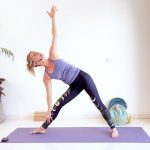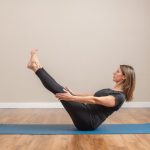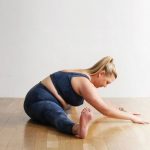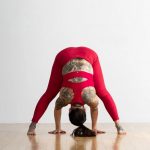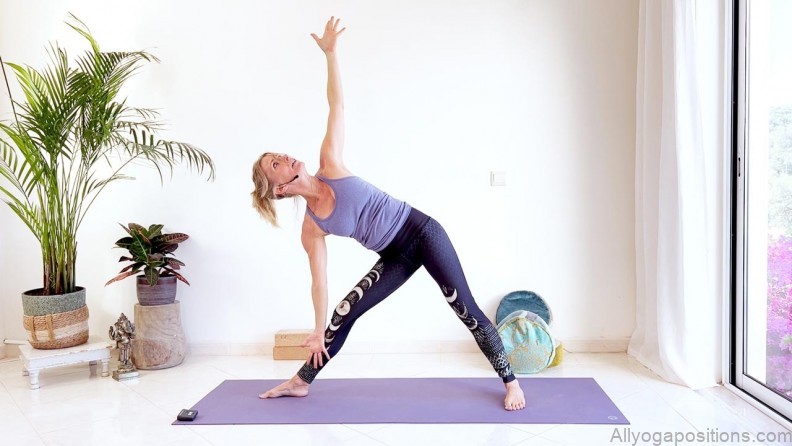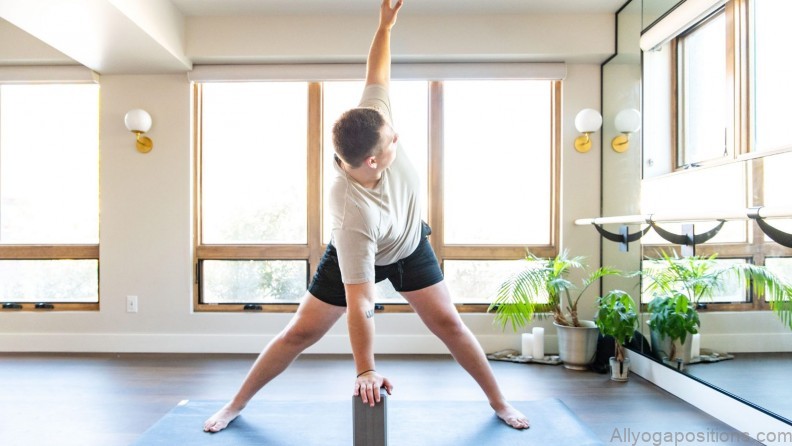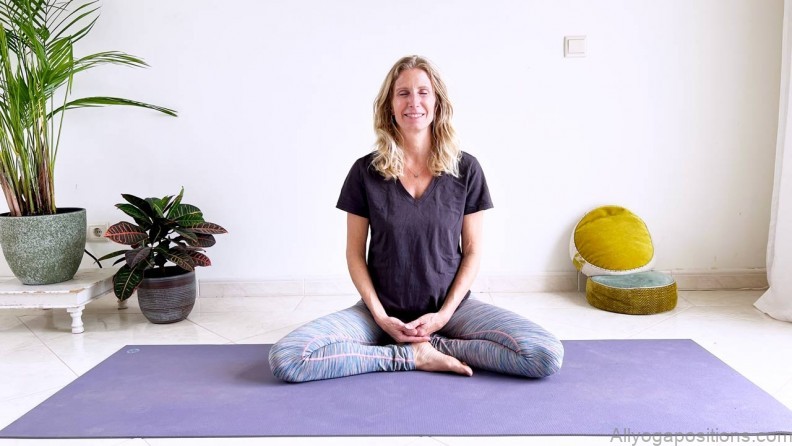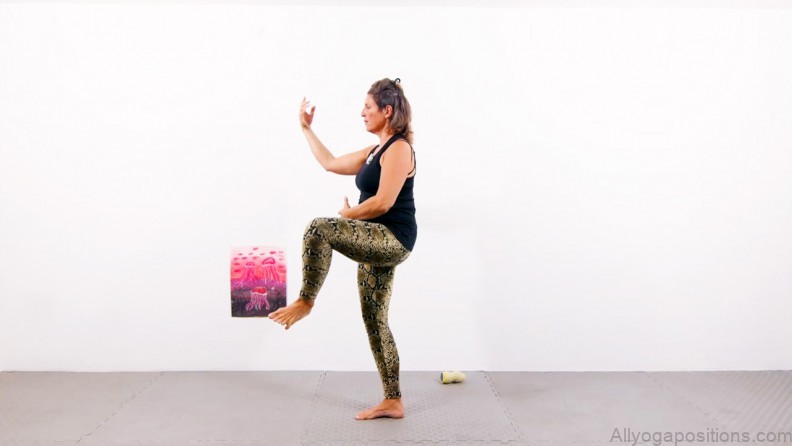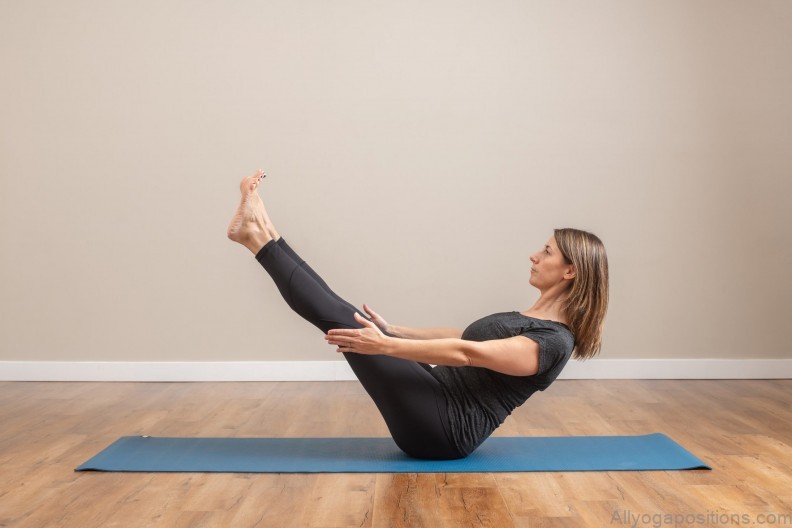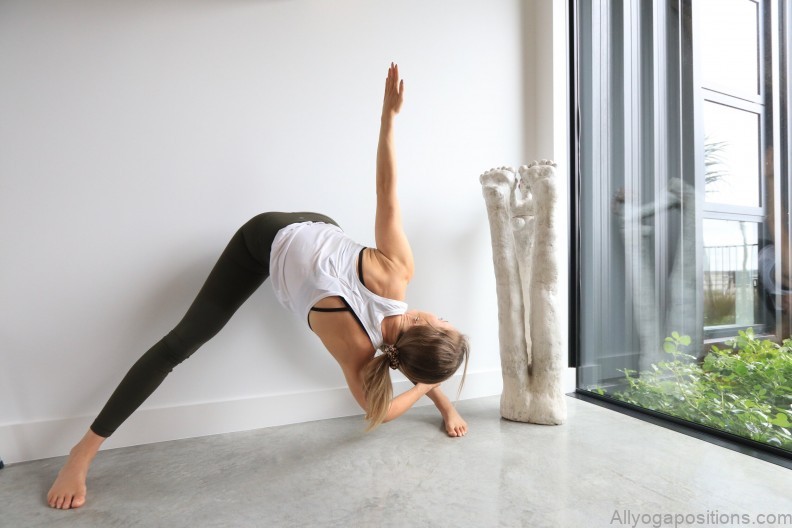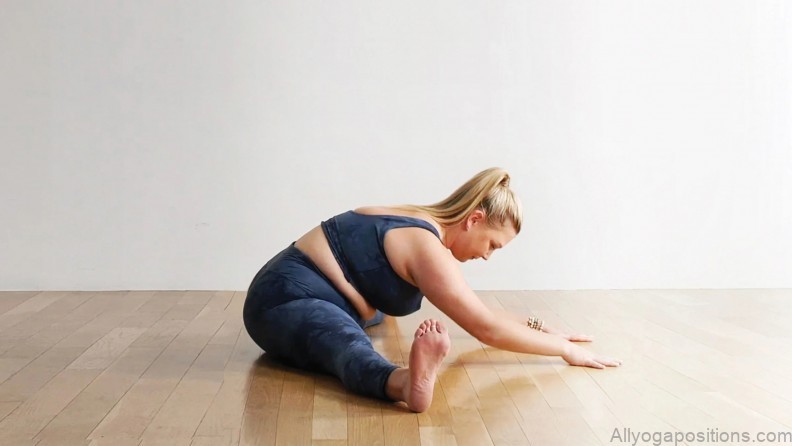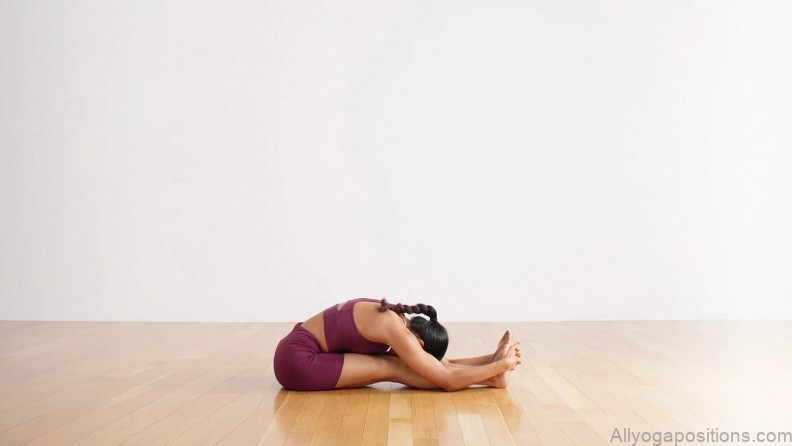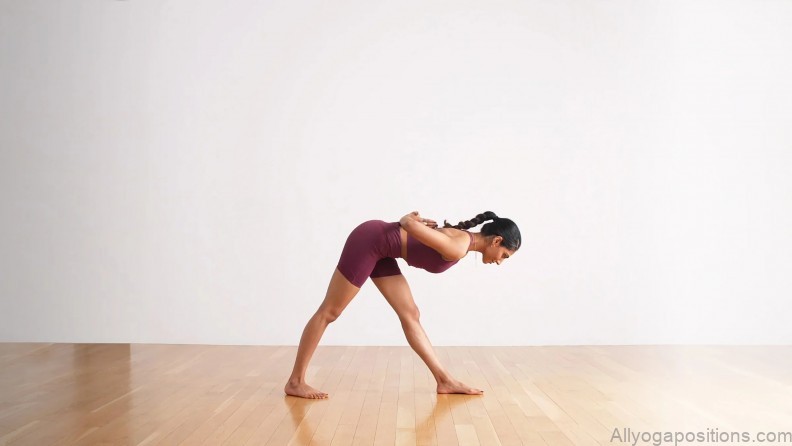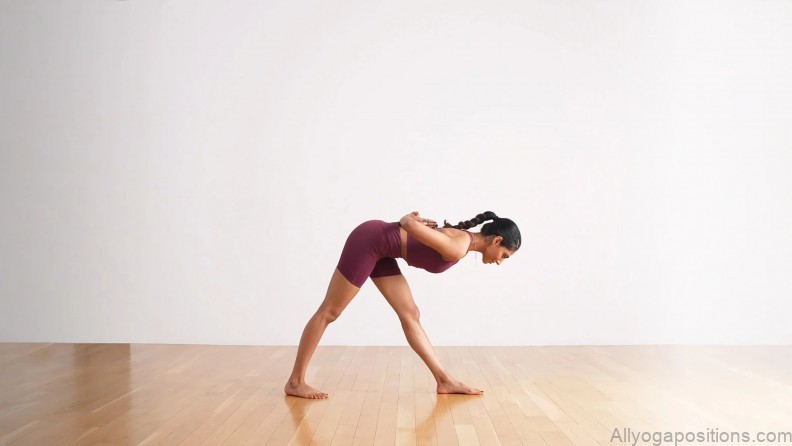Yoga, an ancient practice that intertwines the mind, body, and spirit, boasts a variety of poses, each with its unique benefits and challenges. Among them is the “Wide Legged Forward Bend”, a pose that may seem simple at first glance, but is rich in its depth and significance. This article delves into the essence of this pose, its benefits, and how to achieve and refine it.
1. Understanding the Wide Legged Forward Bend
Also known by its Sanskrit name, “Prasarita Padottanasana”, the Wide Legged Forward Bend is essentially a standing forward fold, but with legs spread wide apart. The pose focuses on stretching the inner and back parts of the legs and the spine. But beyond its physical aspects, it also centers the mind and calms the spirit.
Embracing the Essence of Wide Legged Forward Bend: A Deep Dive Photo Gallery
2. Key Benefits of the Pose
Flexibility and Strength: Regularly practicing this pose can enhance flexibility, especially in the hamstrings, calves, and hips. It also strengthens the legs and the back.
Mental Clarity: The inversion of the head below the heart allows for increased blood flow to the brain. This can lead to improved focus, clarity, and relief from mild depression or anxiety.
Digestive Boost: The fold compresses the abdominal region, which can help in stimulating the digestive system, and potentially improving digestion.
Rejuvenation: Just like other forward bends, this pose is calming. It allows for a moment of introspection and can help in rejuvenating the mind and body.
3. Achieving the Pose: Step-by-step Guidance
- Starting Position: Begin by standing tall with your feet spread around 3-4 feet apart, depending on your comfort and flexibility.
- Hands on Hips: Place your hands firmly on your hips. This helps in ensuring a strong, stable base.
- Exhale and Fold: Take a deep breath in, and as you exhale, hinge from your hips, keeping the spine elongated, and fold forward.
- Touching the Ground: Initially, you may place your palms on the ground or, if flexibility allows, you can go further by placing the crown of your head on the floor.
- Hold and Breathe: Maintain the pose for a few deep breaths, focusing on the stretch and keeping the legs and spine straight.
4. Refining the Pose: Tips and Precautions
- Maintain Alignment: Ensure that your feet are parallel to each other. This ensures even weight distribution and prevents strain.
- Avoid Locking the Knees: Keep a micro-bend in the knees to prevent hyperextension.
- Engage the Thigh Muscles: By doing so, the weight of the body shifts from the feet to the hips, optimizing the stretch.
- Listen to Your Body: As with all yoga poses, it’s crucial to listen to your body and not push it beyond its limits.
5. Variations and Adaptations
For beginners or those with limited flexibility, using props like yoga blocks or straps can assist in achieving the pose without strain. More advanced practitioners might explore deeper variations, such as binding the hands behind the back or working on inversions within the pose.
Conclusion
The Wide Legged Forward Bend is more than just a physical stretch. It’s a journey inwards, a moment of quiet reflection amidst the chaos of daily life. By understanding its significance and refining the pose, practitioners can unlock a deeper sense of peace and a more profound connection to their inner selves.
Table of Contents
Maybe You Like Them Too
- Mastering Virabhadrasana A: The Warrior Pose of Empowerment
- Unlocking the Power of Prasarita Padottanasana: The Wide-Legged Forward Bend
- The Power and Elegance of the Wide Legged Forward Bend II Yoga Pose
- Mastering the Warrior II Pose: A Deep Dive into Its Benefits and Techniques
- Unlocking the Power of Warrior I: A Comprehensive Guide to Virabhadrasana I

